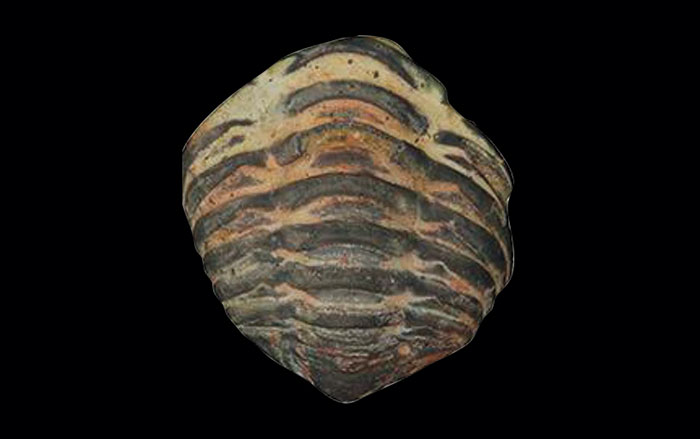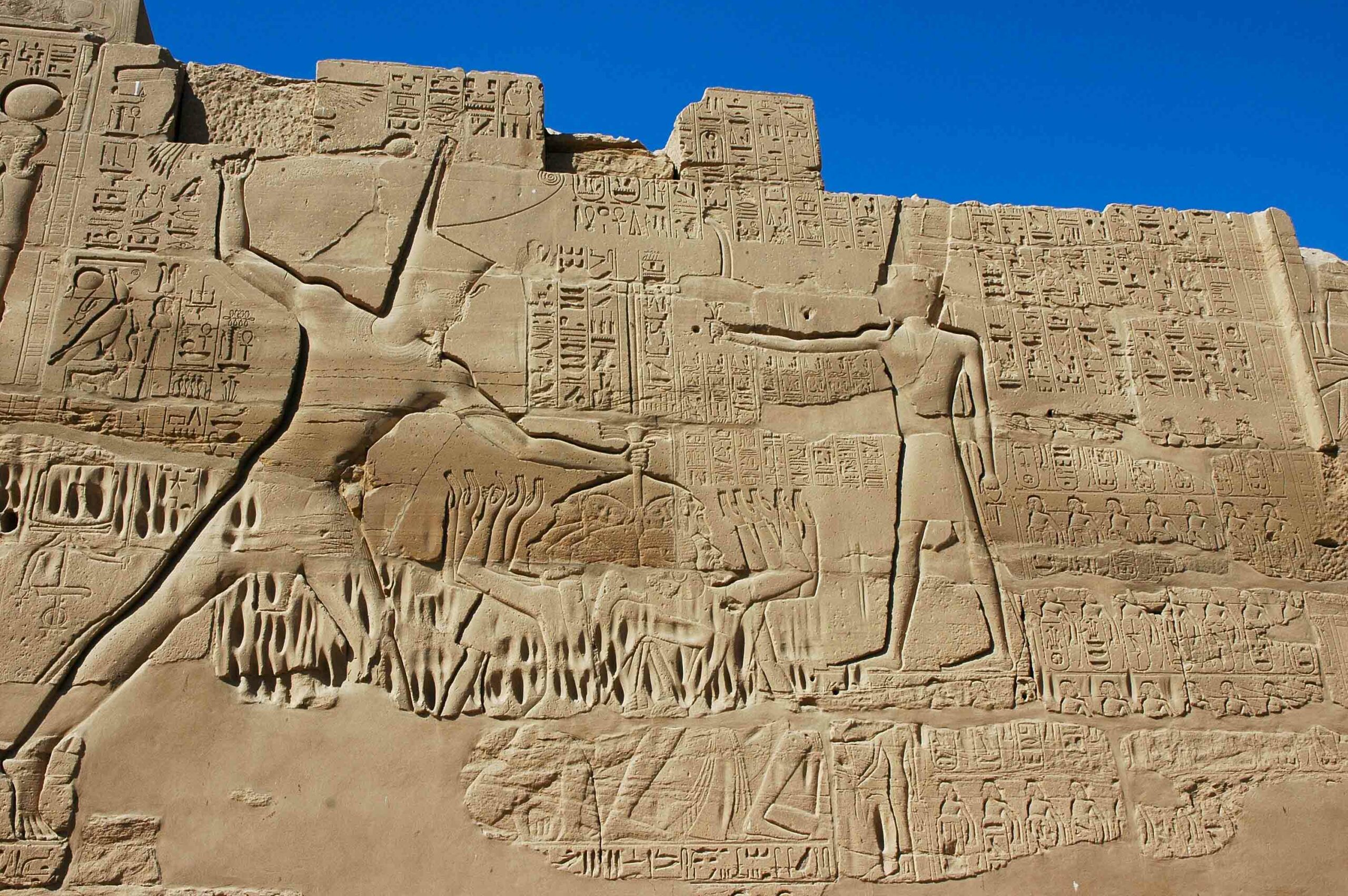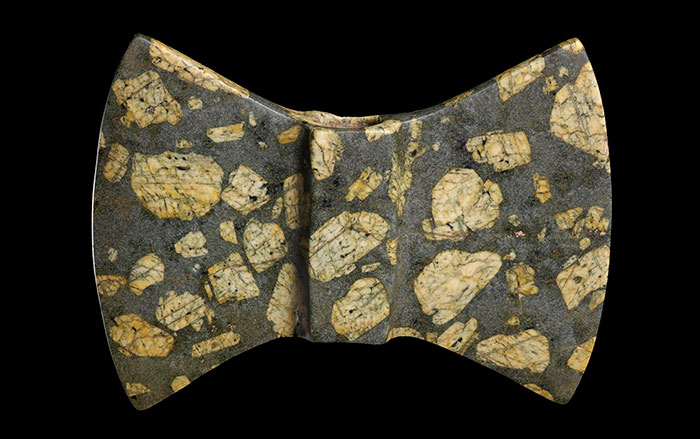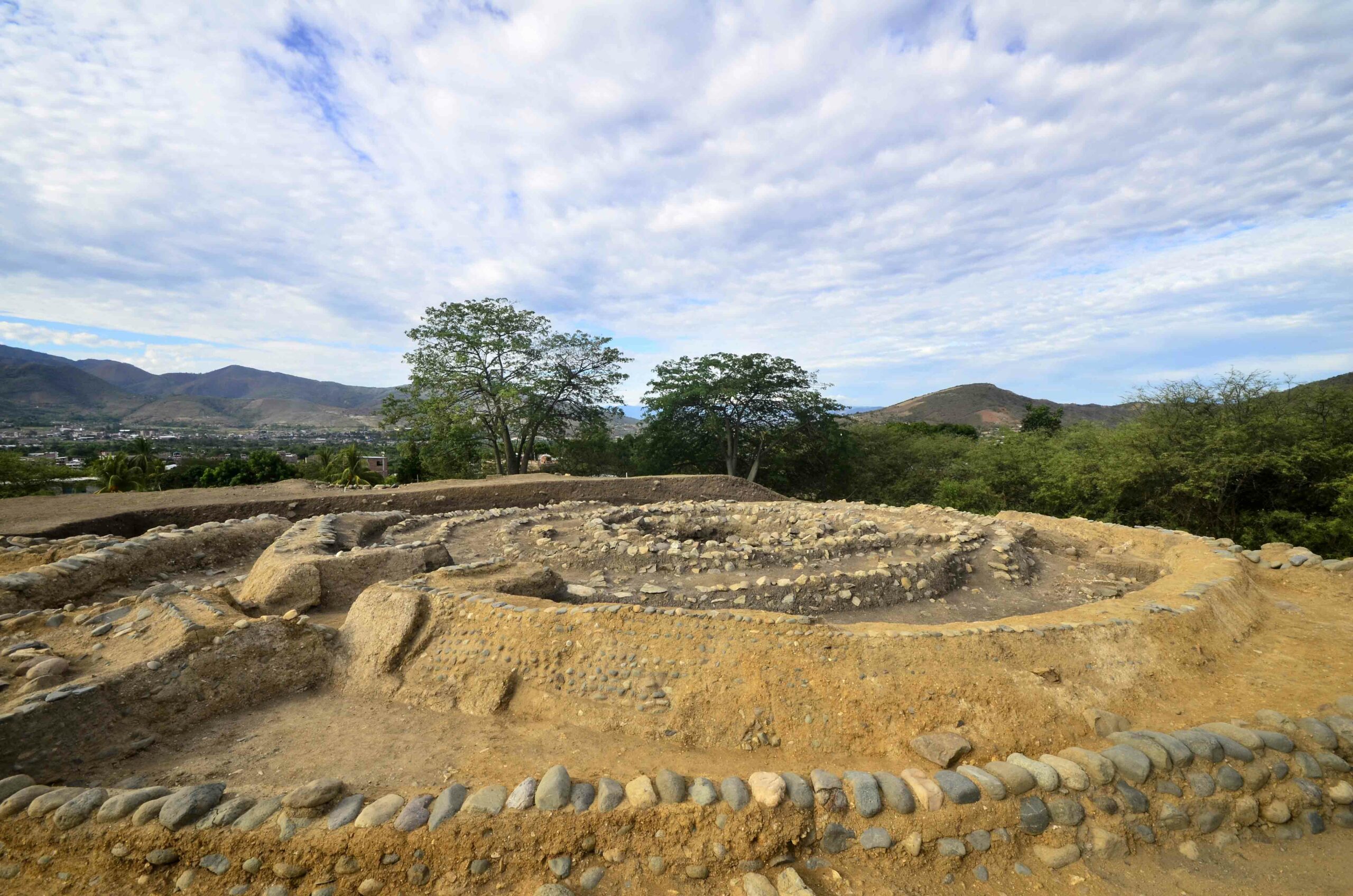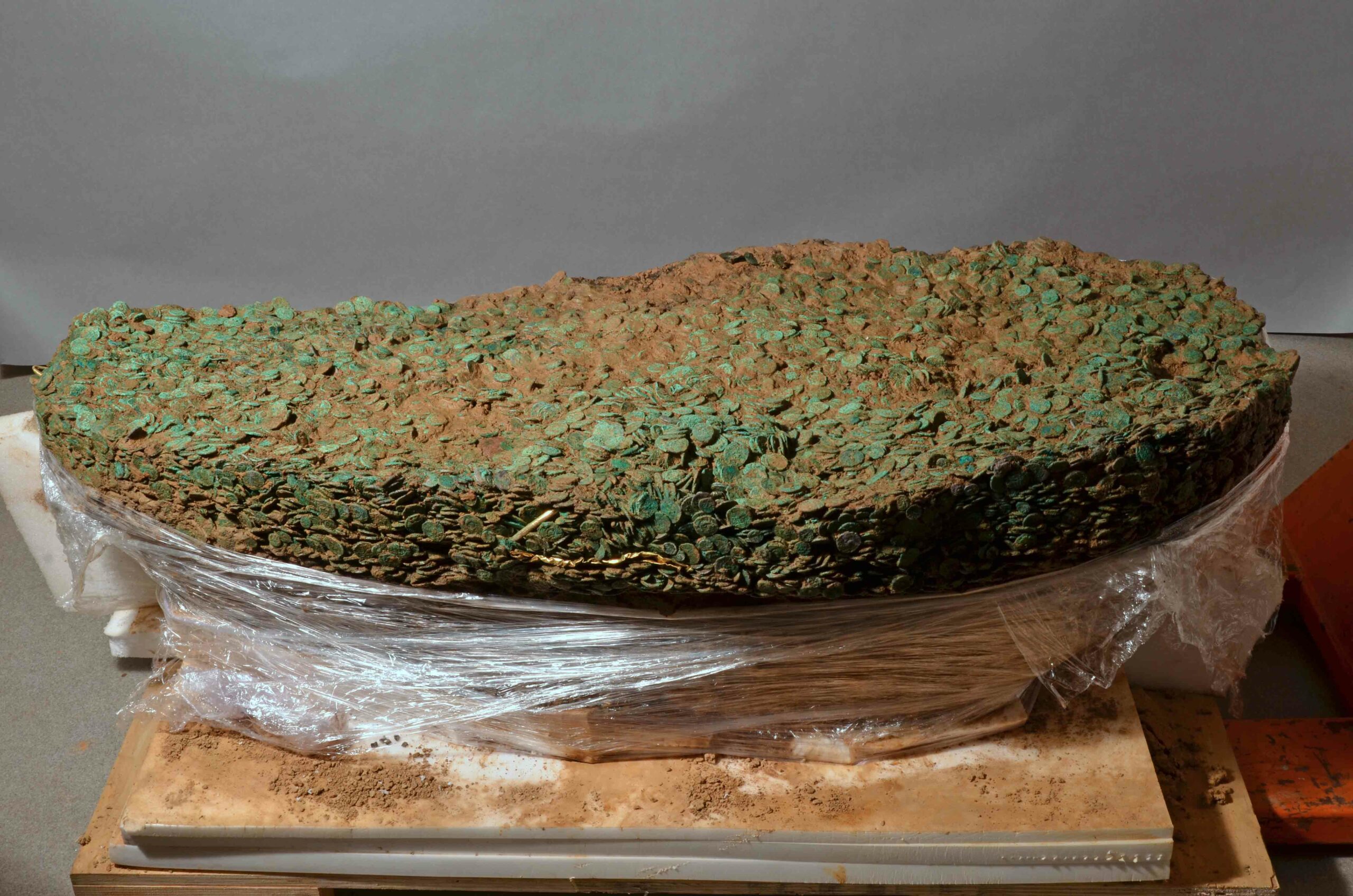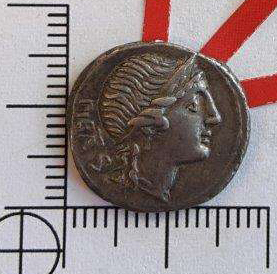
FRANKFURT, GERMANY—The International Business Times reports that a new geochemical study shows that shortly after the Romans defeated the Carthaginians in the Second Punic War, they began to mint their coins in silver mined on the Iberian Peninsula, which Carthage had controlled up to that point. A team led by Katrin Westner of the Institute for Archaeological Sciences at Goethe University, Frankfurt, tested the silver content of 70 Roman coins minted between 310 and 101 B.C. They found that before the second Punic War, Roman coins were made from silver mined in the Aegean. But after Carthage's defeat around 209 B.C., the Romans began to use silver mined in what is now Spain. “This massive influx of Iberian silver significantly changed Rome’s economy, allowing it to become the superpower of its day," says Westner. "We know this from the histories of Livy and Polybius and others, but our work gives contemporary scientific proof of the rise of Rome." To read more about how Rome evolved into a superpower, go to “Rome’s Imperial Port.”


